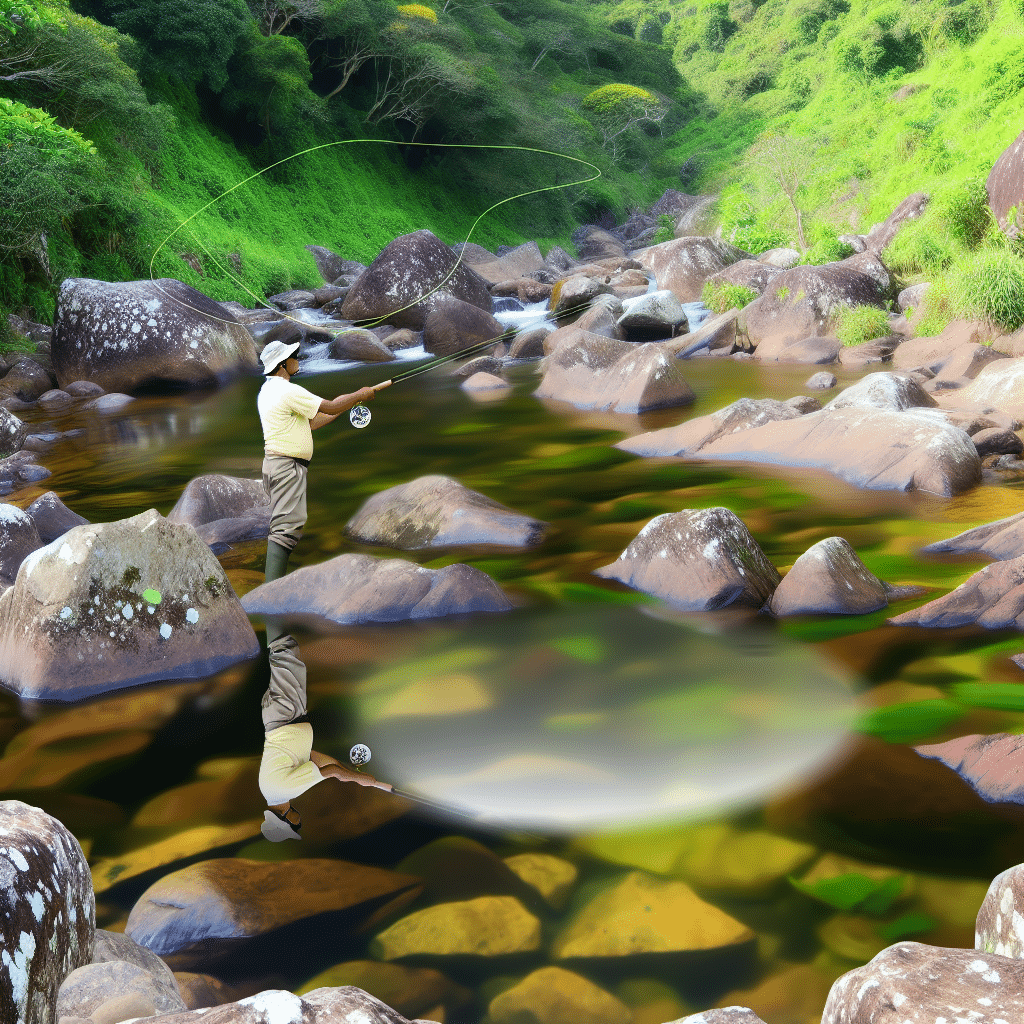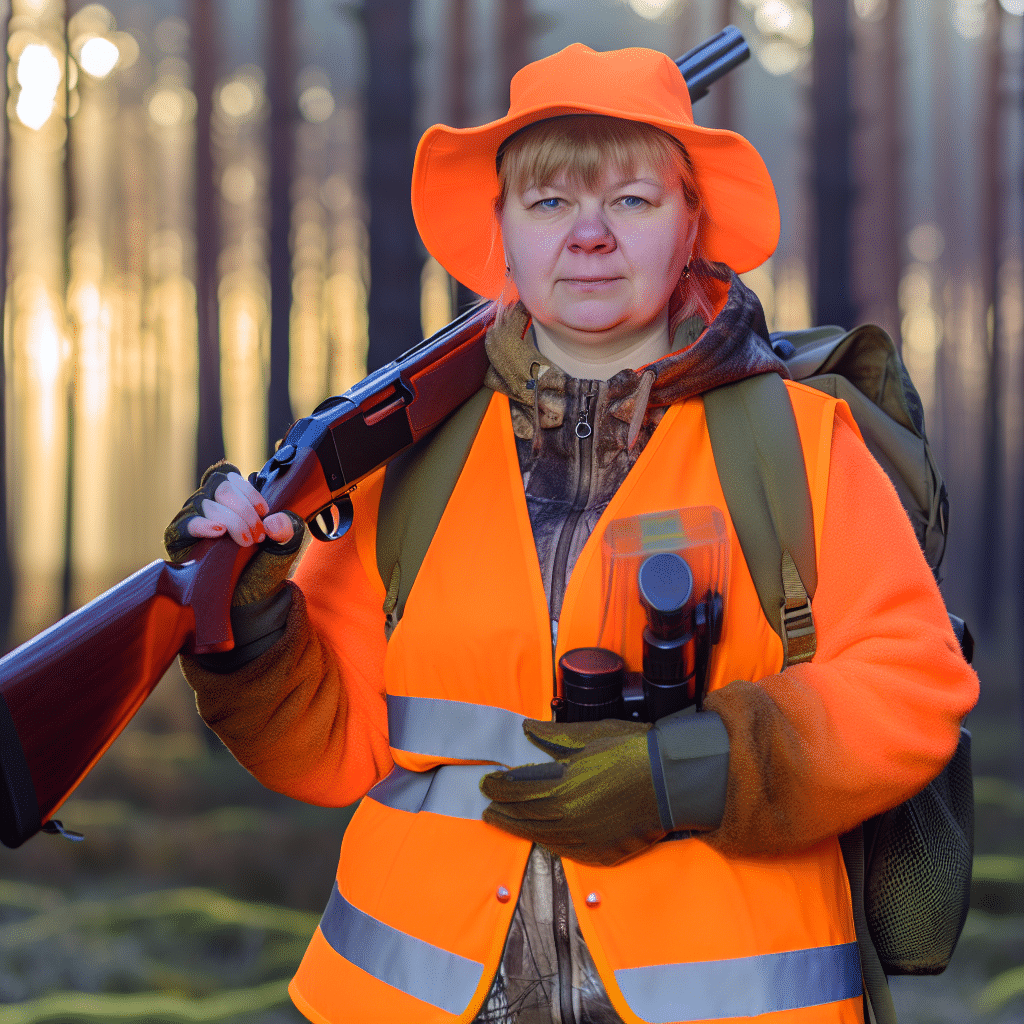Fly fishing isn’t just a sport; it’s a combination of skill, patience, and a deep connection with nature. Whether you’re a novice looking to get started or a seasoned angler aiming to refine your techniques, this comprehensive fly fishing guide provides you with valuable insights to elevate your experience. Let’s dive into the intricate world of fly fishing and explore some essential tips, techniques, and gear recommendations.

What is Fly Fishing?
Fly fishing is a unique angling method that employs a lightweight lure called a fly to catch fish. The fly is cast using a specialized fly rod, reel, and lightweight line. This technique is often used to catch trout, salmon, and other freshwater species, but it has also adapted to saltwater fishing.
Why Choose Fly Fishing?
Fly fishing offers a distinct experience compared to traditional fishing. It provides an immersive connection with the environment, requiring a blend of skill, finesse, and strategy. Whether you seek tranquility in nature or the thrill of the catch, fly fishing delivers an unforgettable adventure.
Tranquility and Mindfulness
Fly fishing is often described as a meditative sport. The rhythmic casting and the serene surroundings promote a sense of mindfulness and relaxation, making it a perfect escape from the hustle and bustle of everyday life.
Skill and Strategy
Unlike conventional fishing, which relies heavily on bait, fly fishing requires anglers to understand fish behavior, water conditions, and casting techniques. Mastering these elements provides a rewarding sense of accomplishment.
Essential Fly Fishing Gear
To get started, you’ll need the right gear. Here’s a breakdown of the essentials.
Fly Rod and Reel
The fly rod and reel are the backbone of your setup. Fly rods come in various lengths and weights, tailored to different fish species and water conditions. Beginners are often advised to start with a 9-foot, 5-weight rod, which offers versatility for both freshwater and light saltwater fishing.
Fly Line
Fly lines are specially designed for casting light flies. They come in floating, sinking, and sink-tip varieties. A weight-forward floating line is a good all-around choice for beginners, as it offers easy casting and versatility.
Flies
Flies mimic the natural food sources of fish and vary greatly. Dry flies float on the water’s surface, while nymphs and streamers sink below. Having a diverse fly box tailored to the local fish species and conditions enhances your chances of success.
Additional Gear
Other essential items include:
– Leaders and tippets: Thin, clear lines that connect your fly line to the fly.
– Waders and boots: Waterproof clothing for fishing in deeper waters.
– Fly box: A portable container to organize and protect your flies.
– Tools and accessories: Including forceps, nippers, and floatant for fly maintenance.
Mastering Fly Fishing Techniques
Mastery of fly fishing requires a blend of technical skill and knowledge. Here’s a closer look at crucial techniques.
Basic Casting
Casting is the heart of fly fishing. The basic cast involves a fluid motion, starting with lifting the rod tip to unroll the line behind you, followed by a forward stroke to propel the fly toward your target. Practice and patience are key to achieving accuracy and distance.
Presentation
Once you’ve cast your fly, presentation becomes crucial. Fish are more likely to strike a fly that appears natural in the water. Avoid dragging or jerking the fly, and instead, let it drift naturally with the current.
Reading the Water
Understanding water conditions and fish behavior can significantly improve your chances. Look for structures like rocks, logs, and vegetation where fish might hide. Additionally, observe the insect activity on the water to choose the appropriate fly.
Common Fly Fishing Mistakes and How to Avoid Them
Even experienced anglers make mistakes. Here are some common pitfalls and how to avoid them.
Overcasting
Many beginners struggle with overcasting, where they exert too much force. Remember, fly fishing is about finesse. Use a smooth, gentle motion to achieve better accuracy and distance.
Incorrect Fly Selection
Using the wrong fly can result in a fruitless day. Research the local fish species and their food sources. Matching the hatch, or using flies that resemble the insects currently hatching in the area, can greatly increase your chances.
Lack of Patience
Fly fishing demands patience. Avoid the temptation to frequently move spots. Give each location sufficient time to yield results before moving on.
Conclusion: Embrace the Journey
Fly fishing is an enriching journey that blends skill, strategy, and a profound connection with nature. Armed with this fly fishing guide, you’re well-equipped to embark on your adventure. Remember, the key to success lies in practice, observation, and a deep appreciation for the art of fly fishing. Whether you’re casting in a serene mountain stream or the vast ocean, each experience will bring you closer to mastering this timeless sport.



